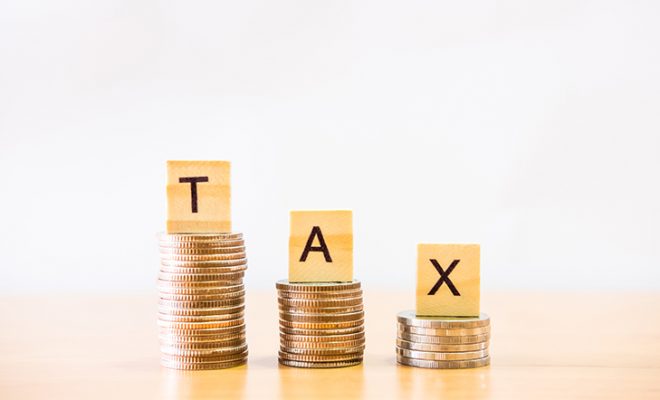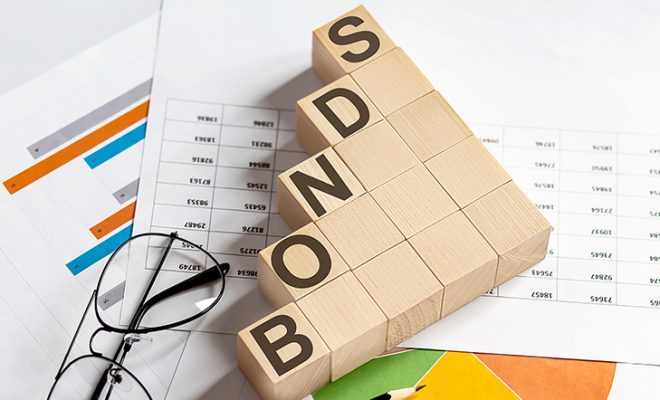8 Ways to Reduce Taxes in Retirement

Whether you are inching closer to your retirement or have a long time to go before you retire, paying attention to retirement planning is important if you want to secure your golden years of life. If you save a good chunk of your income in retirement and investment accounts, you have already won half the battle. However, to make it successfully to the end, you will have to ensure that this corpus is inflation-proof and that taxes do not diminish its value arbitrarily.
Most people save a lot of money for retirement and assume that it will last their lifetime. But often, taxes may eat up a considerable part, and they may end up with less money than they had originally saved. If you wish to learn how you can lower your taxability and stretch your retirement savings to last your lifetime, consult with a professional financial advisor who can advise you on the same.
Let’s explore some ways you can use to reduce your taxability in your retirement years:
Why is tax planning for retirement important?
If you have been saving for retirement for half your life and think that your job is done, you might be in for a surprise. While you may have meticulously planned retirement savings, one component you may have forgotten about is tax planning. Tax planning is critical when retirement is taken into consideration since you have to take into account the money you would have to pay to the Government in taxes.
Taxes on retirement funds have historically seen an uphill trend over the past few years. The scope of these taxes increasing in the future is very high. This can translate into your savings eroding faster than you may anticipate. Essentially, the value of your money may decrease as tax slabs continue to expand.
Moreover, when you retire, your source of income may dip down to zero. This means that you will no longer be contributing to your retirement corpus and will soon begin to take withdrawals. In such a situation, poor tax planning can deplete your corpus, dollar by dollar. Hence, you need to find ways to pay fewer taxes during retirement to have a blissful retirement without worrying about money.
Read below to know a few ways through which you can reduce your tax obligations.
7 ways to reduce your tax obligation in retirement
If you have savings in retirement accounts like 401(k), Roth 401(k), brokerage accounts, or IRAs, you need to know how you can lower your taxability on withdrawals made from such accounts.
If you are looking for ways on how to pay less taxes, here is a comprehensive guide for you:
1. Understand what is taxable
Let us assume that you have been investing heavily in retirement accounts like 401(k), Roth 401(k), IRA, Roth IRA, 403(b), or even pension accounts. The income accrued from most of these accounts is taxable only when you retire and start making withdrawals. Until then, you don’t have to pay taxes on the money being collected in these accounts.
On the other hand, let us also assume that you have invested in real estate and tax-advantaged accounts like brokerage accounts, stocks, and mutual funds, etc. The income accrued from these accounts is taxable whenever you make a capital gain, regardless of whether you are retired or not.
Understanding what investments are taxable and how they are taxed is one of the most basic and essential tax strategies for retirement. It can help you make better decisions that reduce your tax liability.
2. Convert your IRA account to a Roth IRA
Having an IRA account is one of the most basic retirement saving options. Although an IRA account has several benefits, converting your basic IRA account into a Roth IRA can amplify your benefits.
While an IRA account allows you to defer income tax of up to $6,000 in 2022, a Roth IRA account will allow you to prepay income tax of up to $6,000 in 2022. This means that your income in the Roth IRA account grows tax-free, and you don’t have to pay taxes on Roth IRA withdrawals. However, Roth IRA account contributions are phased out for individuals with income between $129,000 and $144,000; and married couples with joint income between $204,000 and $214,000.
Want to discuss the suitability of a Roth IRA for your retirement plan? Use free advisor match tool to connect with qualified financial fiduciaries that may be able to help you with the same.
3. Consider tax diversification
Diversification is one of the most significant tax strategies for retirement. Just like you diversify your investment portfolio, you should try to diversify your taxes as well. Diversification can help you minimize losses, similarly, it can also help you reduce your tax liability significantly.
Tax-deferred accounts will help you defer paying taxes. This can prove useful if the taxes at the time of contribution to these accounts is exceptionally high. You can keep more money with you and pay taxes on the funds in the account later.
Tax-free accounts are the ones where you contribute after-tax dollars. This can be beneficial if the tax bracket at the time of contribution is low. Thus, if you expect to be in a higher tax bracket in retirement, you can switch to a Roth account.
4. Consider switching to a Roth 401(k) account
If you have been investing in a conventional 401(k) account, consider investing in a Roth 401(k) account to reduce the amount of taxes you have to pay. By moving the funds from a 401(k) account into a Roth 401(k) account, you can allow your savings to grow tax-free. In a nutshell, you will pay taxes on the funds as per the latest tax bracket, and subsequent contributions to the Roth 401(k) account will be from after-tax dollars. Thus, you will not have to pay any taxes at the time of making withdrawals.
Moreover, a Roth 401(k) account does not require the account holder to make Required Minimum Distributions (RMDs). This can be especially beneficial for taxpayers with high incomes.
SPONSORED WISERADVISOR
5. Make the most of catch-up contributions
Catch-up contributions are a provision that allows people over the age of 50 or older to contribute more to their IRA and 401(k) accounts apart from the usual contribution limits. This provision allows people who didn’t earn much when they were younger to save more and boost their retirement savings.
If you are 50 or older, the IRS allows you to contribute $6,000 per year to your IRA account in 2022. With the catch-up contribution provision, you can make an additional contribution of $1,000. Therefore, you can contribute $7,000 per year. For 401(k) accounts, you can ideally contribute $20,500 in a year in 2022. With the catch-up contribution, you can throw in another $6,500, bringing the total contribution to $27,000 per year if you are aged 50 or older.
6. Avoid incurring the early withdrawal penalty
The IRS allows withdrawals from IRA accounts only after 59½ years of age. The same for 401(k) accounts is 55 years. Any withdrawals made before the aforementioned age incur a tax penalty of 10%.
As a part of your retirement tax strategy, you should try to avoid the early withdrawal penalty. There are some exceptions to this rule. For example, you could make an early withdrawal without incurring a penalty to pay for children/grandchildren’s college tuition, if you are a first time home buyer, pay health insurance premiums after being laid off, or to cover considerable medical costs. In all these situations, you will not be levied any penalty as a tax.
Similarly, Roth IRA accounts allow you to withdraw the funds contributed by you without any penalty or tax. The only caveat is that you cannot withdraw any earnings if your Roth IRA account is less than 5 years old.
7. Withdraw your RMDs (Required Minimum Distributions)
Required Minimum Distributions (RMDs) are the minimum amount you are mandatorily supposed to withdraw from your retirement account each year after you turn 72 years old. Both traditional IRA and 401(k) accounts require you to make RMDs to avoid penalties.
If you fail to make the RMD each year when you turn 72, you will have to pay a tax penalty of 50% of the amount that should have been distributed. This will be in addition to the income tax that you are liable to pay.
Remember, the first RMD is due to be withdrawn by April 1 of each year, and all subsequent RMDs must mandatorily be taken by December 31 each year. This should be an important aspect of your retirement tax strategy to help you pay fewer taxes.
8. Consider tax-exempt investments
You can also invest in tax-exempt vehicles like government bonds, treasury bills and notes, etc. Although the return in such asset classes is a little lower than in stocks or mutual funds, your after-tax return can be improved, especially if you fall in the high-income tax bracket. Municipal bonds and Health Savings Accounts (HSAs) also may give you the same benefit.
To summarize
One thing that can help you keep your tax liability low is by starting your retirement and tax planning as soon as you can. While you cannot escape paying taxes altogether, you can use certain tax-saving strategies, along with help from a qualified financial advisor, to reduce your tax liabilities.
Use the free advisor match tool to match with experienced and certified financial advisors who will be able to guide you effectively on how to lower your taxability with the help of tax-saving strategies. Give us basic details about yourself, and the match tool will connect you with 1-3 professional financial fiduciaries that may be suited to help you.











